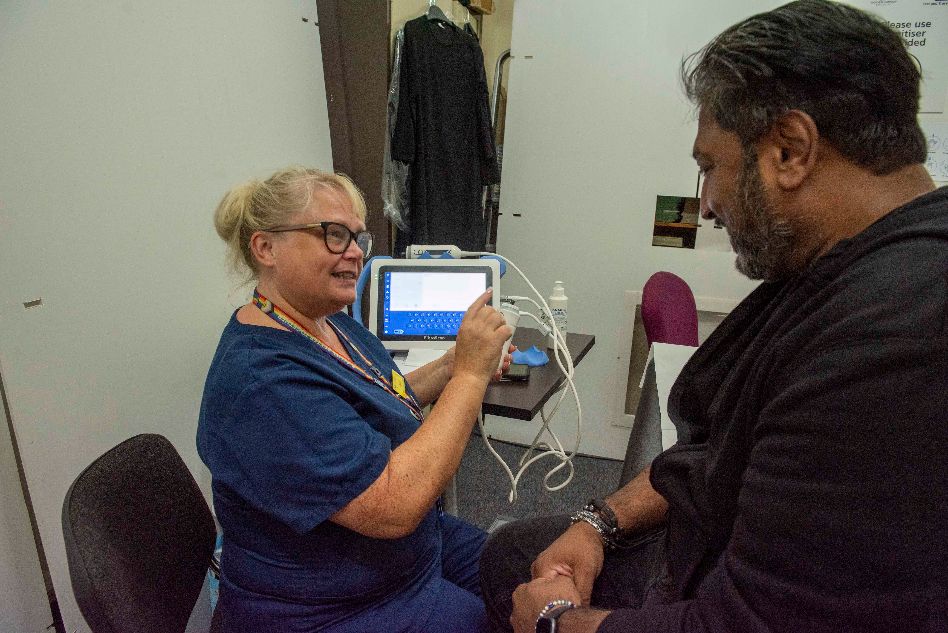Carnival Corporation & plc, the world's largest cruise company, outlined an ambitious vision for Caribbean cruise tourism during the 31st Annual Florida-Caribbean Cruise Association (FCCA) Conference.
The company announced plans to bring over half a million guests to Puerto Rico in the coming year while emphasizing the critical importance of destination partnerships across the region. Josh Weinstein, chief executive officer of Carnival Corporation & plc, delivered the State of the Industry address, revealing that the global cruise industry is projected to carry a record-breaking 37.7 million passengers in 2024 – surpassing pre-pandemic volumes by 27%.
He underscored that nowhere is growth more pronounced than in the Caribbean and Latin America. “The Caribbean and Latin America have been and continue to be the leading cruise market,” Weinstein told conference attendees.
“During the 2023-24 cruise year, cruise tourism generated almost $4.2 billion in direct spending across the region, supporting over 94,000 local jobs and $1.25 billion in real wages.” Weinstein (pic) specifically highlighted Puerto Rico’s momentum, noting that over 1.5 million guests visited the island during the 2023-24 cruise year, representing a 10% increase over the prior year.
He announced that Carnival Corporation’s world-class cruise lines will bring more than half a million guests to Puerto Rico next year through both homeport operations and transit calls, including Princess Cruises’ recent return to San Juan for its first seasonal homeport in more than a decade.
Major Investments Driving Caribbean Tourism: Christine Duffy, president of Carnival Cruise Line, provided details on the cruise line’s $600 million investment in Celebration Key on Grand Bahama Island, which opened in July 2025 and is expected to welcome its millionth guest by December.
She emphasized the distinction between Celebration Key and exclusive destinations, noting its location within a residential community and the comprehensive shore experience it provides. “What we’ve actually opened is a very exclusive port of call,” Duffy explained.
“People can still leave and take a shore excursion to see the area, but we’re providing over 40 different meal options and a full experience on Grand Bahama Island.” Duffy also outlined Carnival’s expansion plans, announcing that 20 of the brand’s 29 ships from 11 different homeports will call on Celebration Key in 2026.
She revealed details about the upcoming ACE class vessels – the cruise line’s largest ships to date, accommodating 8,000 guests and 2,000 crew – with deliveries scheduled for 2029, 2031 and 2033.
Destination-Focused Strategy for Princess Cruises: Gus Antorcha, president of Princess Cruises, highlighted his cruise line's commitment to destination-rich itineraries and the Caribbean’s strategic importance to Princess’ deployment strategy.
He also emphasized a focus on longer, more immersive sailings that appeal to guests seeking “active, elevated experiences with a discovery element.” Antorcha noted that Princess maintains year-round deployment from Puerto Rico, enabling the line to offer more port-intensive itineraries throughout the Caribbean.
“It allows us to get further down into the Caribbean, and it’s a more port-intensive itinerary because we’re not burning fuel to get down here – we start off already in Puerto Rico,” he said.
Partnership and Sustainability as Core Principles: Throughout the FCCA Conference, Carnival Corporation’s executive leadership team met with government delegations from Antigua & Barbuda, Barbados, Belize, the Cayman Islands, St. Maarten, and St. Kitts & Nevis to exchange updates and discuss opportunities for collaboration.
These meetings underscored the company’s continued commitment to collaboration and sustainable expansion across the region. The executives emphasized the importance of collaborative partnerships between cruise lines and destinations, while cautioning against excessive taxation that could impact affordability and competitiveness.
“Our destination engagement is reflected by focusing on mutual success and long-term shared priorities,” Weinstein said.
“Together we find the best ways to leverage cruise tourism for good – fuelling local economies, lifting up communities, supporting small businesses, and creating lasting impact for every port we visit.” Weinstein also highlighted Carnival Corporation’s environmental progress, noting that despite being nearly 40% larger than in 2011, the company will emit 13% less greenhouse gases in absolute terms in 2025.
Carnival Corporation & plc is the largest global cruise company and one of the largest leisure travel companies, with a portfolio of world-class cruise lines that includes AIDA Cruises, Carnival Cruise Line, Costa Cruises, Cunard, Holland America Line, P&O Cruises, Princess Cruises, and Seabourn.











